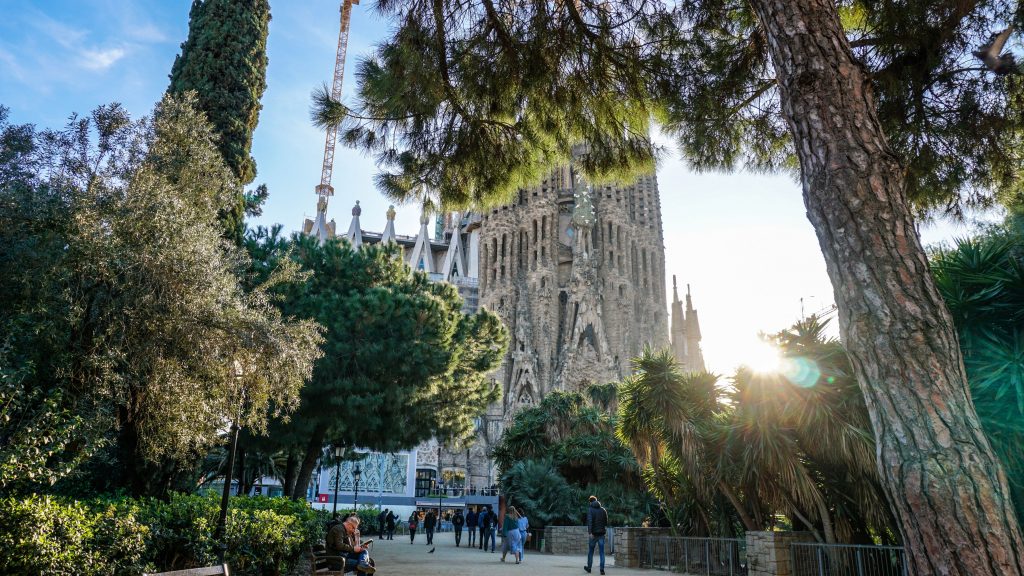Supporting Urban Ecosystems
By IBI Insights
Date
April 20, 2018The history of urbanization is a battle story at heart. For centuries, city builders have asserted their power over the natural world, clear-cutting forests and destroying ecosystems to declare human hierarchy. Try as we might to pave sidewalks and roads, nature always finds a way to seep through the cracks.
Defying Nature
Natural disasters such as the 2016 flood in Houston and back to back earthquakes in Mexico last fall are frightening reminders of just how vulnerable our cities are. Research shows that impulsive urbanization is largely responsible for flooding in the global south, as absorptive ecosystems have been rashly replaced by concrete jungles.
With more people moving to cities, this puts great strain on infrastructure and development, cyclically increasing susceptibility to natural disasters. Instead of separating the built and natural environment, we should be looking at cities in a more holistic view and promoting the health of our urban ecosystems.

As city makers, how can we foster a better relationship between the natural and built environment? Photo by Elena Neva from Pexels
Urban Roots
As city makers, there is a lot that we can learn from natural systems which support harmony and diversity within the environment. Through integrating biomimicry practices within the realms of urban planning and design, we can work to foster this same richness within our own cities.
Another way to look to look at our urban ecosystems, is through the lens of Seasonal Effective Design. This asset-based approach to planning and design encourages city makers to explore the world through context, temporality, resiliency, and connection.
Context:
Within the natural world, invasive species threaten the wellness of local ecosystems and jeopardize the health of existing species. Similarly, each city functions as its own ecosystem, with different social structures and cultural values flourishing inside. It’s this embellishment of idiosyncrasies that drives our fascination with the urban world, and we should actively work to protect our cities’ quintessential identities. We must appreciate the differences associated with each place, rather than applying cookie cutter solutions from across the globe. To promote the social and physical wellness of cities, we should seek to amplify local communities and existing systems, promoting biodiversity, to enhance the sustainability and richness of cities.
Temporality:
City makers must also understand the importance of adaptability necessary for the longevity of place. With increasingly nomadic lifestyles and shifting transportation systems, we must create space for ambiguity that lies ahead. Cities should be informed by the people who live there, and it is our role to understand that their needs will change too. Beyond social sustainability, cities will also need to adapt to the increasing climate changes and provide necessary support for threats of natural disasters and shifting weather patterns.
Resiliency:
The ability to recover from disaster is directly tied to the strength and resiliency of the community. How can cities promote strong social networks which not only provide people with a sense of belonging but contribute to the city’s overall strength in times of struggle? Municipalities around the world have joined the 100 Resilient Cities network to collaboratively explore resiliency initiatives in times of hardship. In addition to planning for urban shocks, the network also provides resources to support more day-to-day stresses faced by cities ranging from insufficient transit, to high unemployment rates.
Connection:
How can we foster more a symbiotic relationship within our urban spaces? We must look at our world as a web of systems, thinking consciously about the connections between living and built environments. By understanding the interconnectedness of cities, we will be able to come up with more integrated solutions which have longer lasting and meaningful effects. It is crucial to embrace the messiness of the world and steer clear of siloed solutions, as these will only redistribute stains rather than addressing the issue in a holistic manner. In a globalized world, we must adopt a responsible approach to addressing these issues and understand the ripple effects of our decisions.
Happy Earth Day!
In honor of Earth Day, it’s timely to think about the personal contributions we can make to support our urban ecosystems. How can we embrace our own interconnectedness to shine a green light on our environment? By embracing Seasonal Effective Design, we can begin to look at the world in ways that amplify our local communities and the systems beyond. Small actions today can lead to big changes in the future- even the tallest tree was once just a seed!
Lead image by Tante Tati from Pixabay







